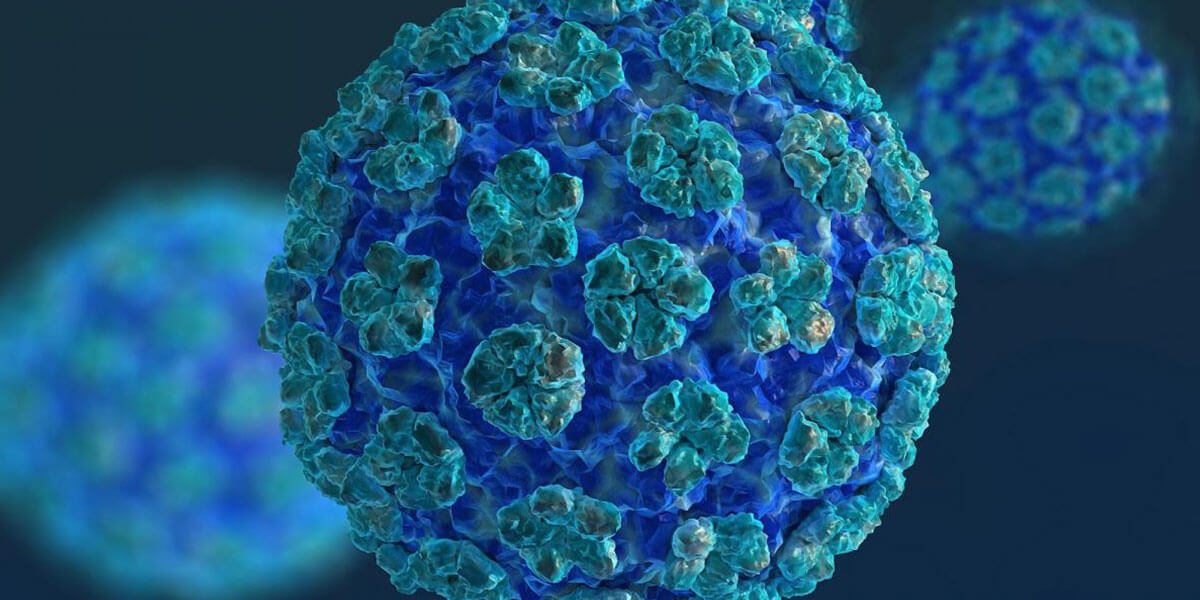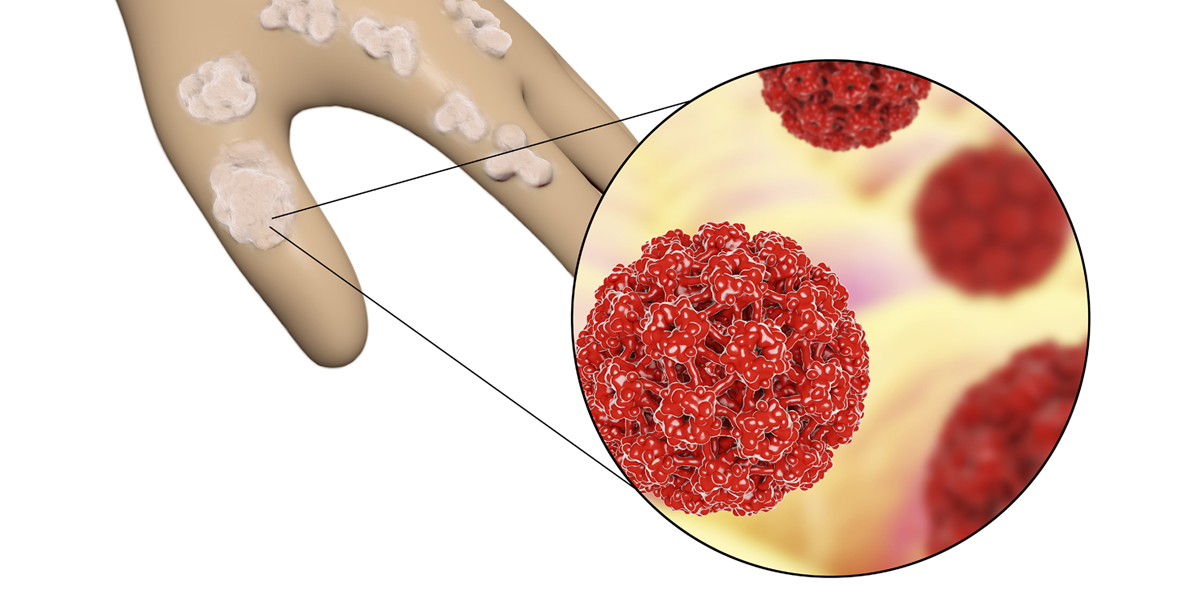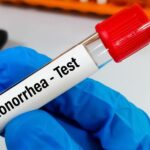Human Papillomavirus (HPV) is a prevalent and widespread group of viruses that infect the genital and oral areas of both men and women. HPV is the most common sexually transmitted infection (STI) globally, and while many infections resolve on their own, persistent infections can lead to various health issues, including certain types of cancer. In this article, we will delve into the intricacies of HPV, its modes of transmission, associated health risks, available vaccines, and preventive measures.
The Basics of Human Papillomavirus (HPV)
- Types of HPV: There are over 200 types of HPV, and they are categorized into low-risk and high-risk types based on their association with cancer. Low-risk types can cause warts on genital and non-genital areas, while high-risk types are linked to the development of cancer.
- Transmission: HPV is primarily spread through intimate skin-to-skin contact. Sexual activity, including vaginal, anal, and oral sex, is the most common mode of transmission. HPV can be passed even when an infected person has no signs or symptoms.
- Prevalence: HPV is incredibly common, with most sexually active individuals acquiring the infection at some point in their lives. The Centers for Disease Control and Prevention (CDC) estimates that nearly 80 million Americans are currently infected with HPV, and approximately 14 million people become newly infected each year.
Health Risks Associated with HPV
While many HPV infections clear on their own without causing health problems, persistent infections with high-risk HPV types can lead to serious health issues, including:
- Genital Warts: Low-risk HPV types can cause the development of warts on the genital and anal areas. While these warts are usually not cancerous, they can be bothersome and may require treatment.
- Cervical Cancer: Persistent infection with high-risk HPV types, especially types 16 and 18, is the primary cause of cervical cancer. Regular screening through Pap smears or HPV testing is crucial for early detection and intervention.
- Other Cancers: High-risk HPV types are also associated with cancers of the vulva, vagina, penis, anus, and oropharynx (back of the throat, including the base of the tongue and tonsils).
HPV Vaccines: A Preventive Approach
Vaccination against HPV is a groundbreaking development in preventing HPV-related cancers and infections. The vaccines available are highly effective and have been proven to provide long-lasting protection against the most common and high-risk HPV types. The two main HPV vaccines are:

- Gardasil 9: This vaccine protects against nine HPV types, including the high-risk types 16 and 18, which are responsible for most HPV-related cancers. It also provides protection against low-risk types that cause genital warts.
- Cervarix: While less commonly used, Cervarix provides protection against the high-risk types 16 and 18, focusing specifically on preventing cervical cancer.
Importance of HPV Vaccination
- Preventing Cancer: The primary goal of HPV vaccination is to prevent HPV-related cancers, particularly cervical cancer. By targeting the most common high-risk types, vaccination significantly reduces the risk of developing these cancers.
- Herd Immunity: HPV vaccination not only protects individuals who receive the vaccine but also contributes to herd immunity. This helps reduce the overall prevalence of the virus in the community, providing indirect protection to those who are not vaccinated.
- Vaccination Recommendations: The CDC recommends routine HPV vaccination for adolescents aged 11-12 years, with catch-up vaccination for those up to age 26 who were not vaccinated earlier. Vaccination is most effective when administered before exposure to the virus through sexual activity.
Screening and Early Detection
- Pap Smears: Regular Pap smears are essential for the early detection of abnormal cervical cells that may lead to cancer. These screenings can identify changes in the cervix caused by persistent HPV infections, allowing for timely intervention.
- HPV Testing: HPV testing is another screening method that detects the presence of high-risk HPV types in cervical cells. This test is often used in conjunction with Pap smears to enhance the accuracy of cervical cancer screening.
Preventive Measures and Safe Practices
Apart from vaccination and regular screenings, adopting certain preventive measures can help reduce the risk of HPV transmission:
- Consistent and Correct Condom Use: While not foolproof, using condoms consistently and correctly during sexual activity can reduce the risk of HPV transmission. Condoms provide some protection, but they do not cover all areas at risk of infection.
- Limiting Sexual Partners: Having fewer sexual partners can lower the risk of acquiring HPV. Mutual monogamy with a partner who has been tested and is uninfected can reduce the likelihood of transmission.
- Open Communication: Open and honest communication with sexual partners about sexual health is crucial. Discussing STI testing and vaccination can help create a supportive and informed environment.

Overcoming Challenges and Dispelling Myths
- Vaccine Misinformation: Despite the proven safety and efficacy of HPV vaccines, misinformation and myths have led to vaccine hesitancy. Addressing these misconceptions through education and awareness campaigns is crucial in promoting vaccination.
- Stigma Surrounding STIs: The stigma associated with sexually transmitted infections can hinder open communication and preventive measures. Breaking down these barriers through education and destigmatization is essential for promoting sexual health.
Conclusion
Human Papillomavirus is a widespread and often asymptomatic infection that can have serious health implications, including the development of certain cancers. HPV vaccines have emerged as powerful tools in preventing infections and reducing the risk of associated cancers. Routine vaccination, regular screenings, and the adoption of preventive measures are key components of a comprehensive approach to managing HPV and promoting sexual health. By increasing awareness, dispelling myths, and fostering open communication, individuals and communities can work towards preventing the spread of HPV and its potential consequences.



